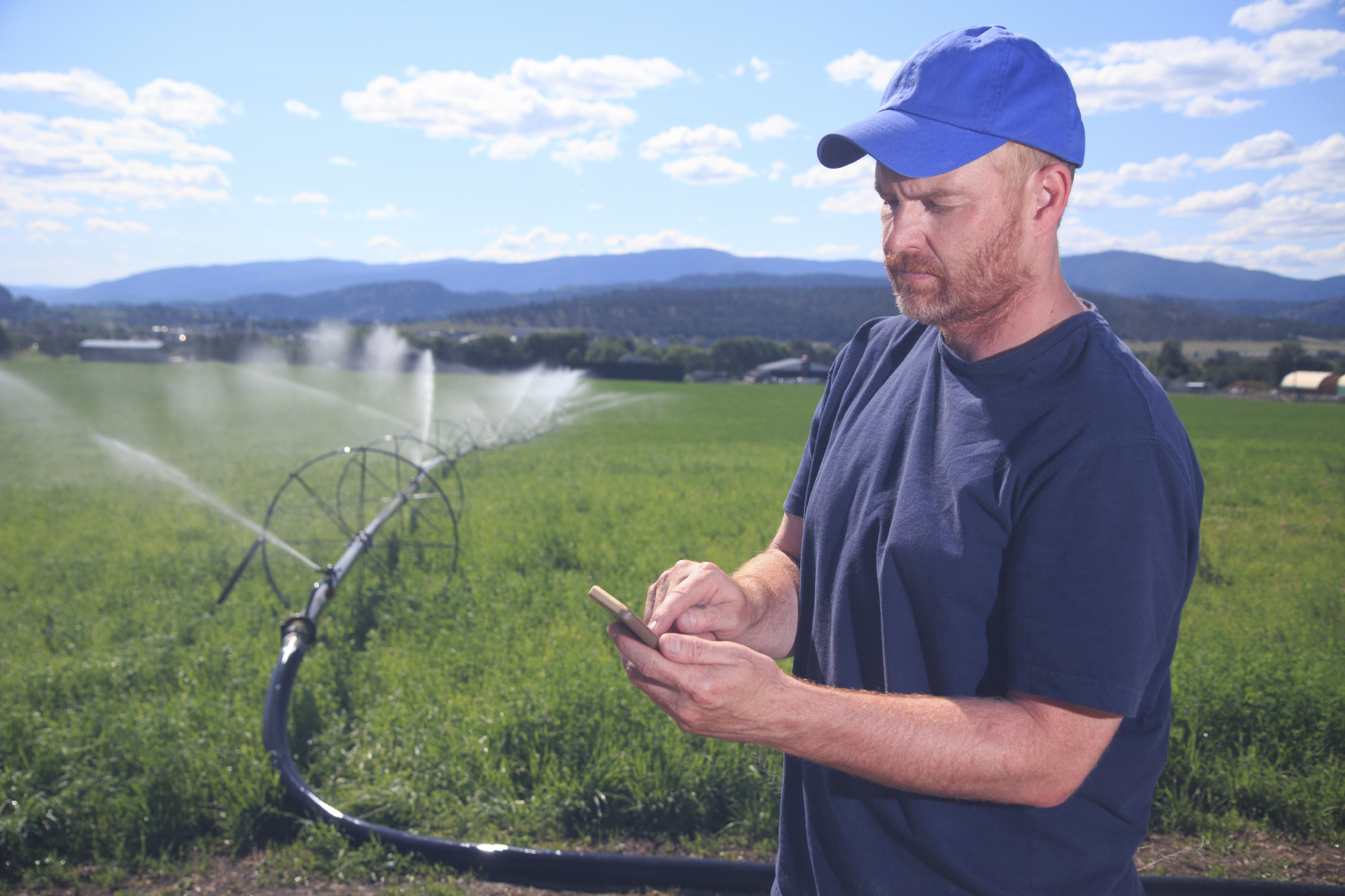We’ve all seen the explosive growth in the use of mobile devices, and it may have encouraged you to think about using mobile software: to reach farmers, enhance your product, or arm your field team. That same growth has also seen changes in behaviour and people’s expectations from mobile tools, and it is worth considering these before you commit to any investment in this space.
Adoption is widespread
This may seem obvious, but the statistics bear it out. The November 2015 Horizon Poll shows 79.5% of NZ adults have a smartphone device (a Research NZ survey earlier in the year reported this at 70%), with another 11.4% intending to purchase in the next 12 months. According to the same poll, 100% of professionals, farm owners and farm managers have a smartphone. You and I still know farm owners and managers without smartphones, so let’s call it 99%!
Importantly, from surveys locally and internationally we learn that while there are peaks and troughs, ownership of these devices is generally spread through all age groups from 18 to 75.
This has implications for the design of applications and mobile web sites. Text needs to be large enough to be read by those over 35; and buttons and other affordances need to allow for less confident fingers!
Usage patterns are changing
Those little screens are addictive. Neilson’s 2015 Australian mobile ratings report showed Australians spent just over 33 hours a month on their phones, and 29 hours on desktops. Google tells us that search from mobile devices has outstripped searches performed on desktops, so this time is not just spent on Facebook and YouTube. More mobile searches means that mobile web sites are increasingly relevant. Outside of the US, mobile web browsing has significantly larger audience than native mobile apps, according to Morgan Stanley.
All this implies that we had better ensure our web sites work really, really well on mobile devices (and don’t be greedy with your customers’ limited mobile data).
That’s not to say that native apps are not important. Apple and Google’s app stores each have over 1.5M apps of every shape, size, colour and purpose. The average user has 26 apps on their phone at any point in time. There are relatively few globally popular apps, with twelve apps from Google and Facebook having over a billion downloads apiece and few others having anywhere near that number.
This is as it should be. Well-designed apps for mobile devices are focused and simple to use. They attempt to do one or two things really well. Don’t expect to see many “omnibus” apps that do something for everyone. So when we develop apps for use in the agricultural sector, we understand that by its very nature, an app might be successful with mere hundreds or a few thousand users – those for whom farming systems, personal habits and information needs drive use.
Relevant content is critical
Importantly, some surveys demonstrate that users are more interested in relevant local content, and are even open to targeted advertisements based on what they are doing. No-one loves advertising, but where it suggests a product or service that meets my needs at the moment, it can be useful. This means Google and others will be using location, history, and other profile data to place appropriate advertisements – which can be a privacy concern.
The same expectation for relevance has implications for your mobile application or web site.
· When a farmer or customer is searching for information, it had better be easy to find. A “responsive” mobile web site is essential, but it will also need to be easy to navigate, and the information people are looking for needs to be up front, short, and readable.
· Be very aware of the context where people will be using the app. Your app could use history and location data to bring up the most likely function, or to pre-populate data fields. If a farmer is trying to use your app outdoors, fighting against sunlight on the screen, they won’t want to complete a long set-up process.
· Consider caching data for off-line use. One of the key factors for us when deciding between native apps and mobile web sites is the ability to cache quantities of data for off-line use. Data must already be on the device if there is no coverage at the point the farmer needs it.
Rezare Systems specialises in application development for agriculture and the primary sector.

